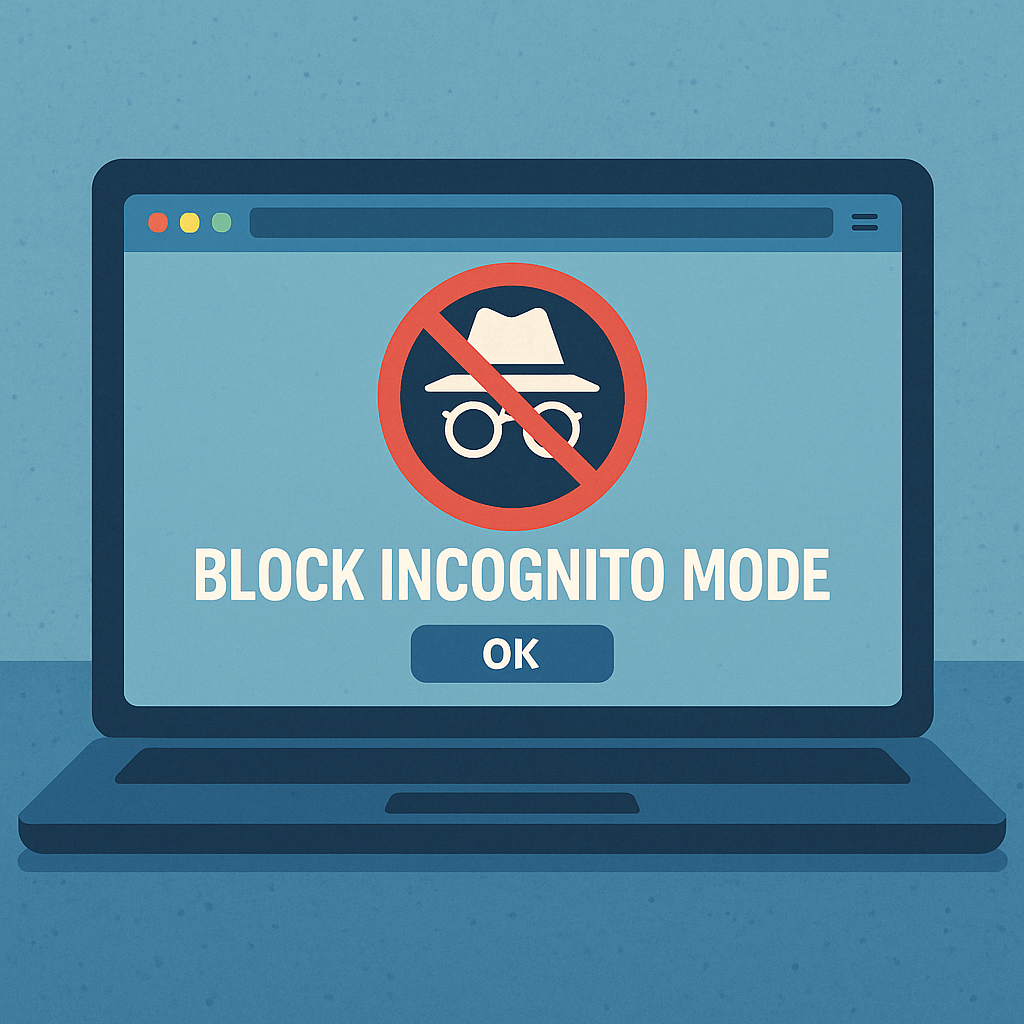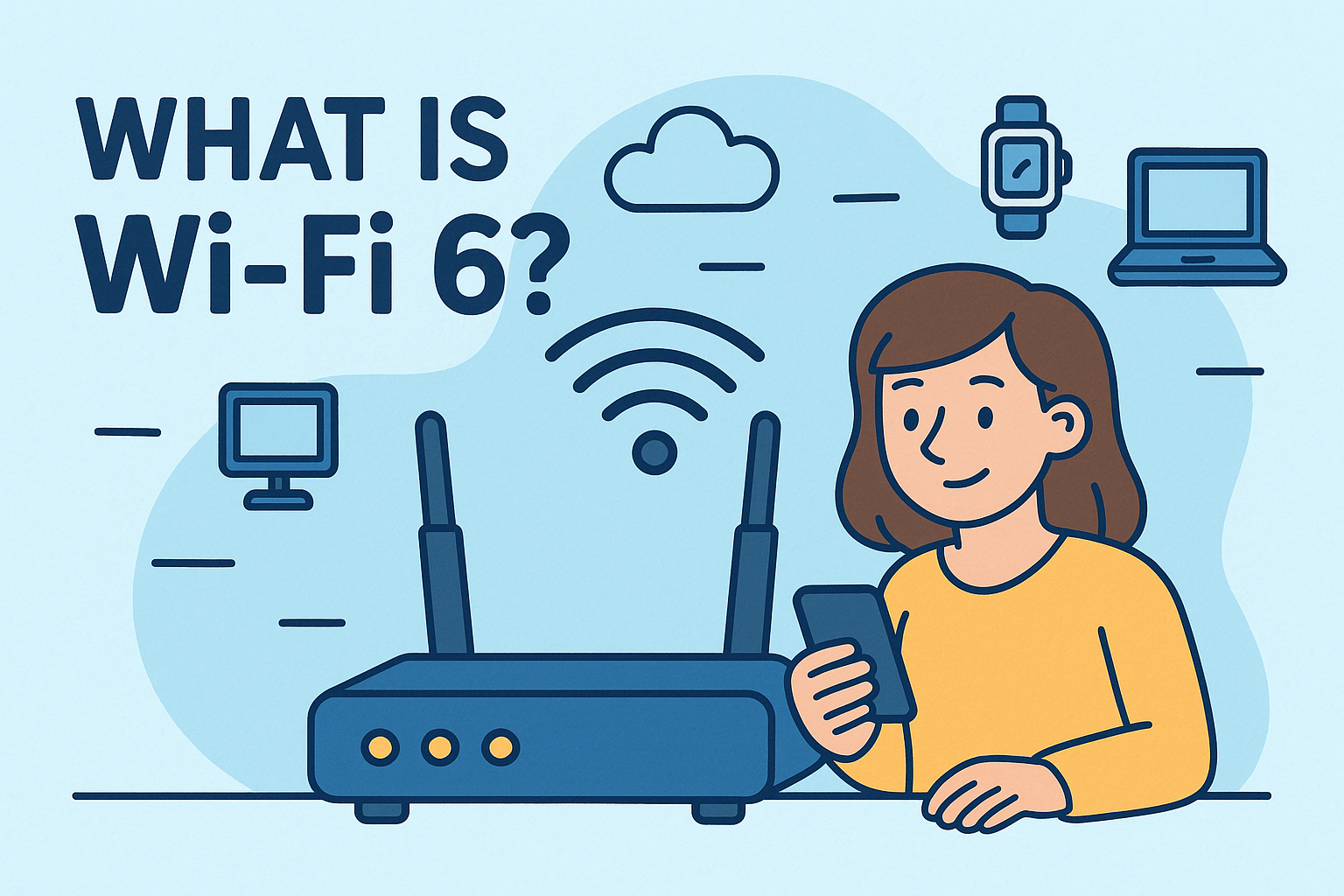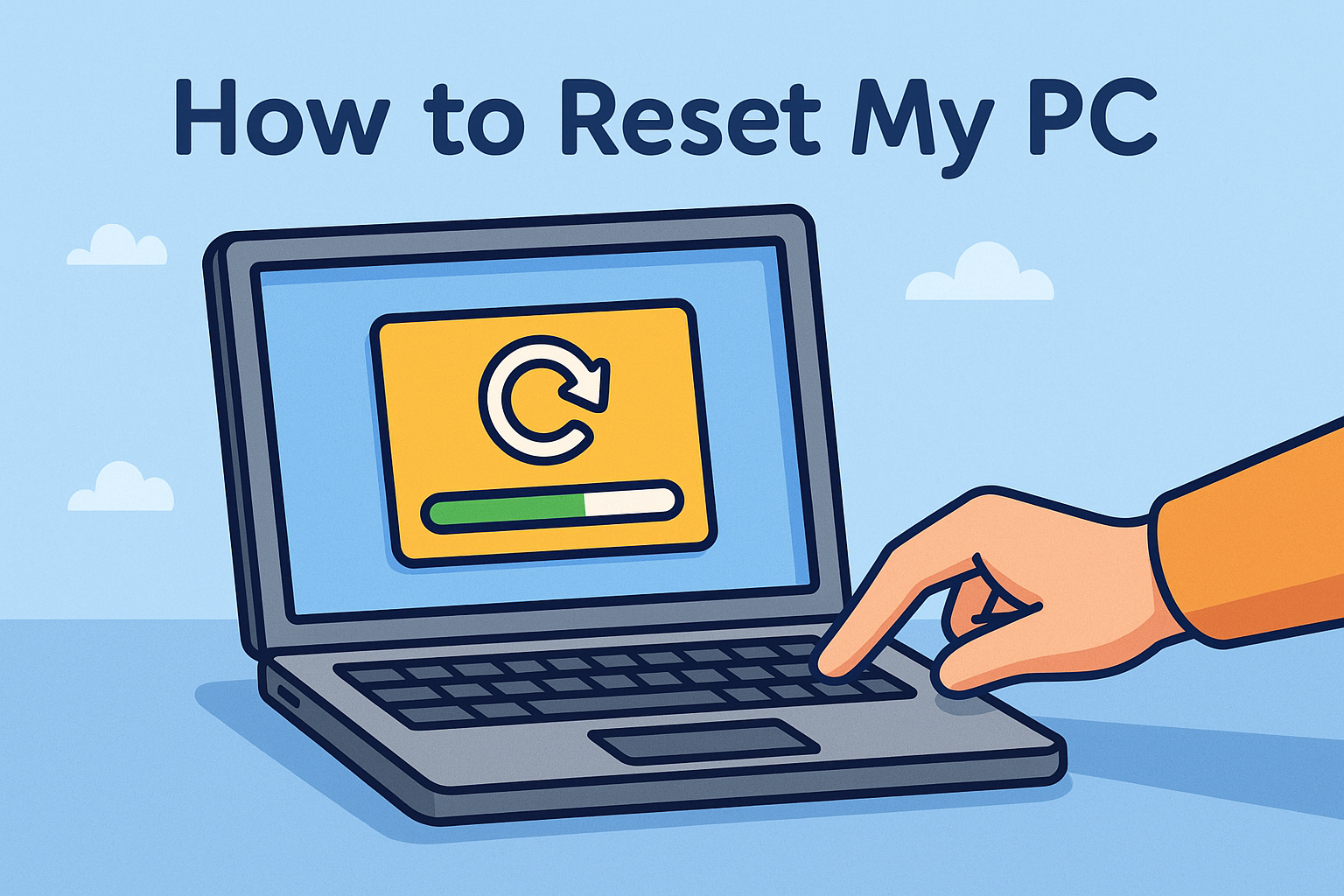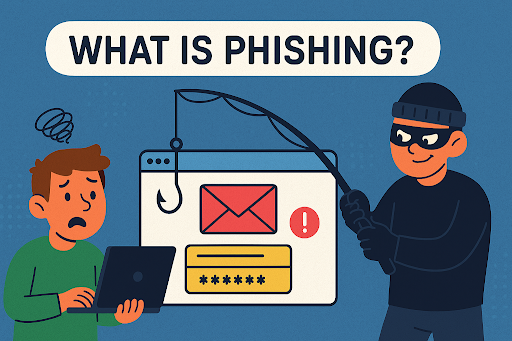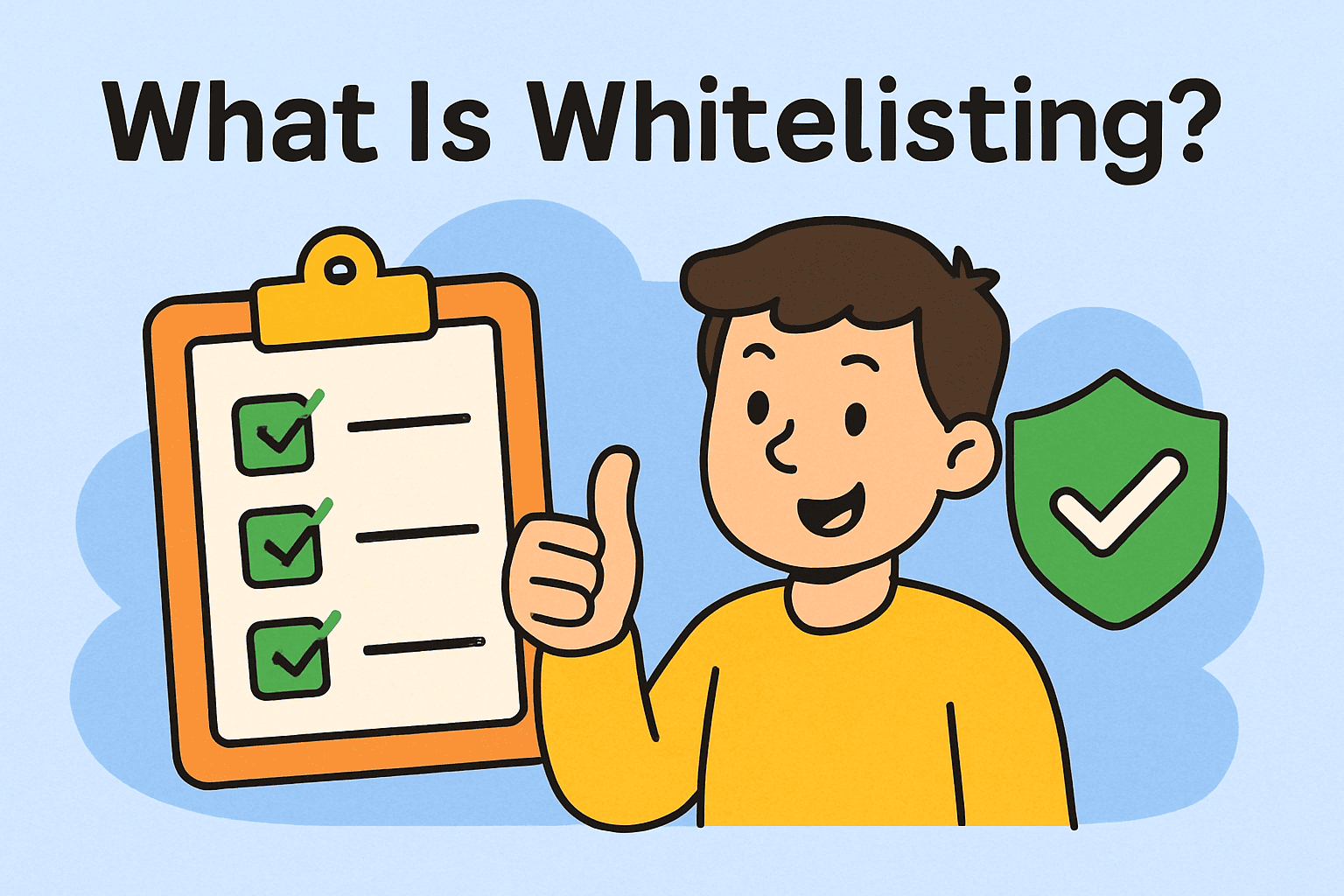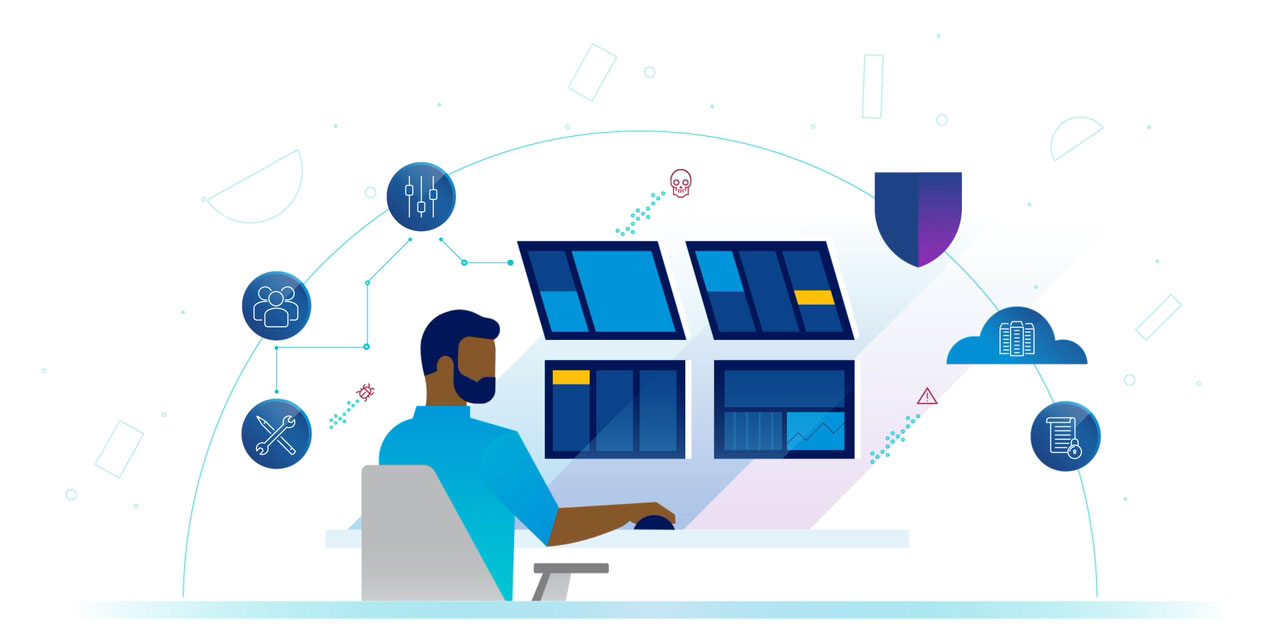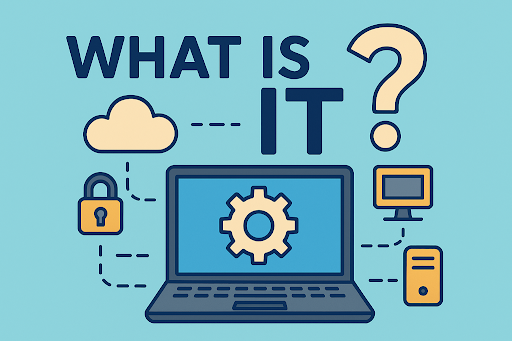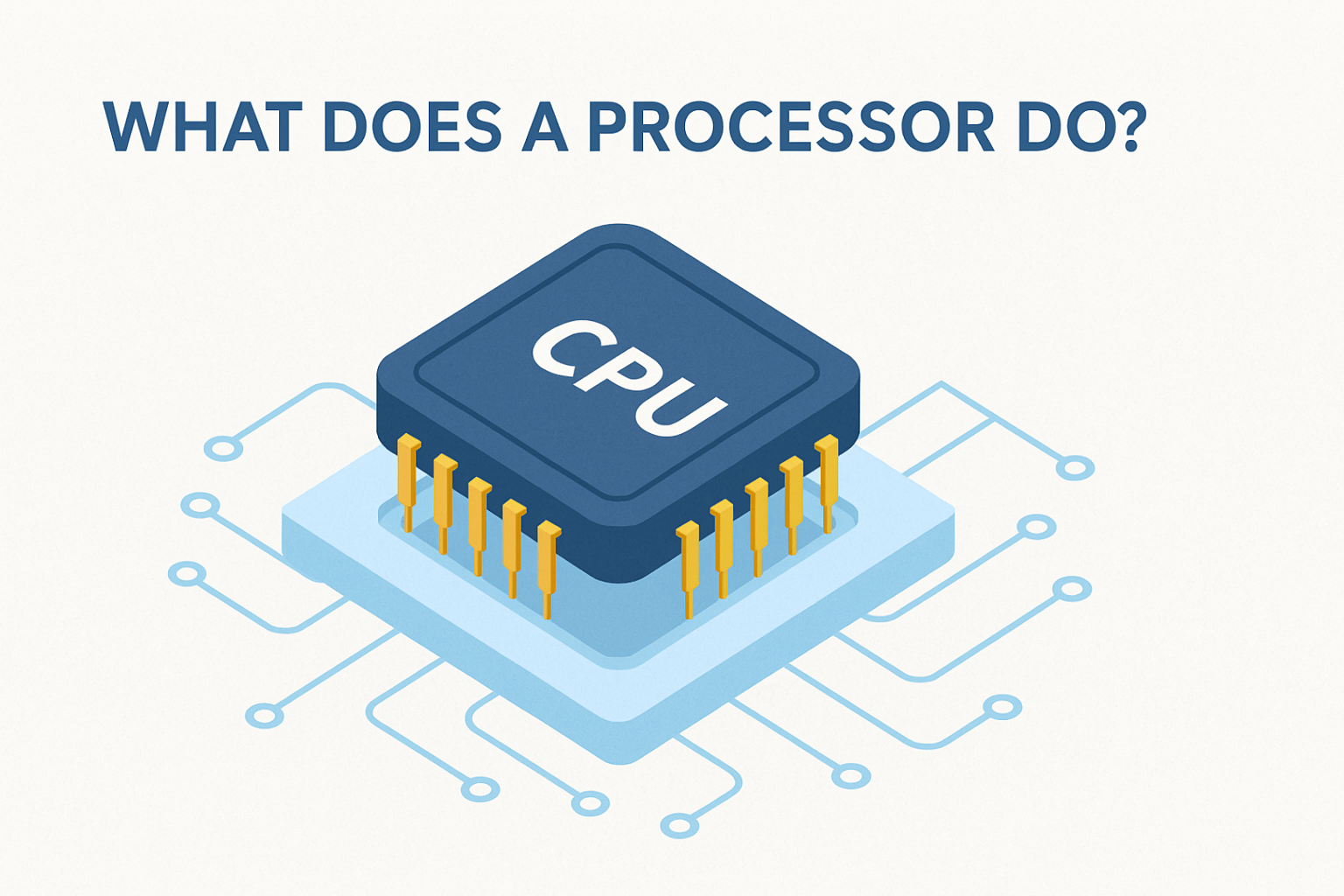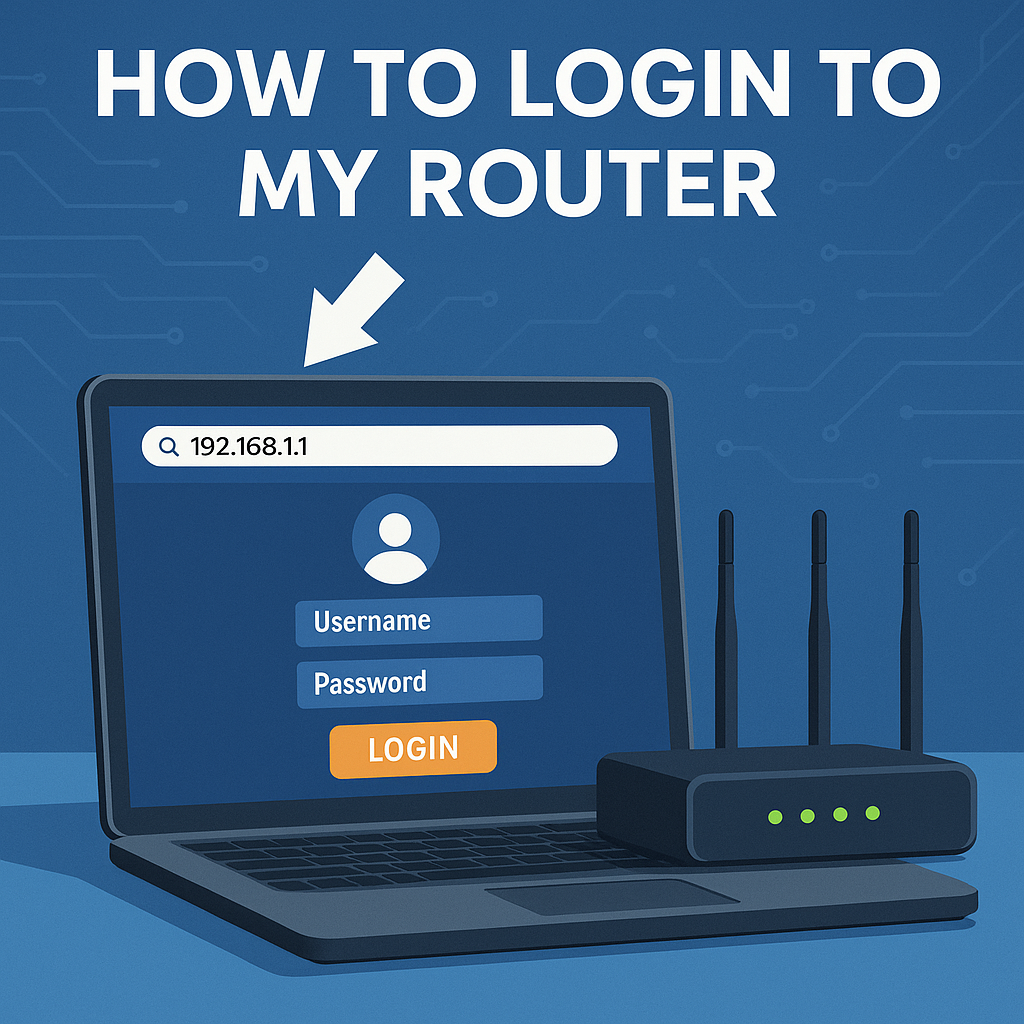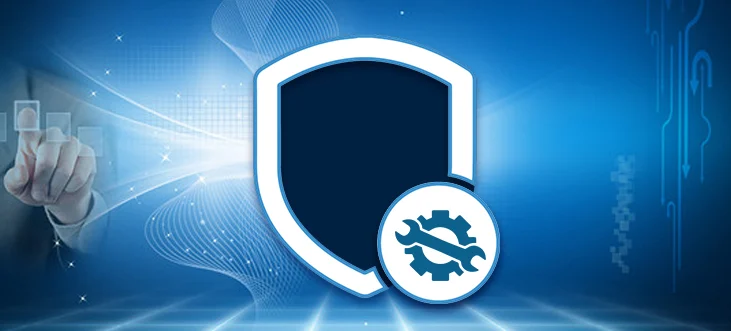What Is an RSS Feed? A Complete Guide for Businesses
Updated on October 8, 2025, by Xcitium
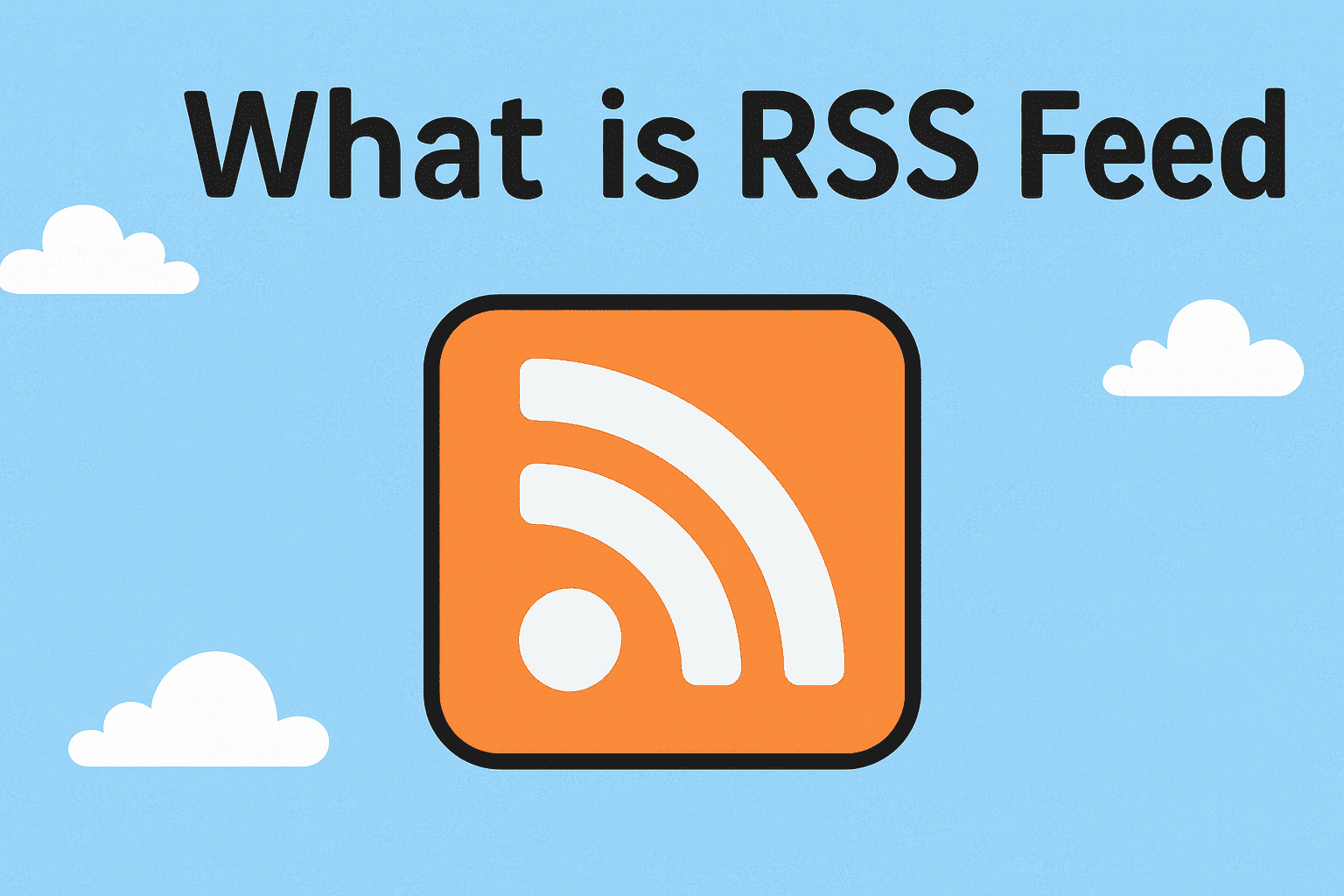
Have you ever wondered how people used to stay updated before social media algorithms dominated the digital space? Even today, with endless apps and notifications, there’s still a need for a simple, direct way to get updates without distractions. That’s where RSS feeds come in.
Introduction: Why RSS Feeds Still Matter
So, what is an RSS feed? RSS (Really Simple Syndication) is a web feed that allows users and applications to access website updates in a standardized, computer-readable format. For IT managers, cybersecurity professionals, and even CEOs, RSS feeds provide a streamlined, ad-free, and secure method to gather information from trusted sources.
What Is an RSS Feed?
An RSS feed is a structured XML file that lists a website’s latest content, such as blog posts, news articles, or podcasts. Instead of visiting websites individually, users can subscribe to their feeds and receive updates in one central place—an RSS reader.
Key Features of RSS Feeds:
-
Standardized Format – Content delivered in XML.
-
Real-Time Updates – Immediate access to new content.
-
Platform Independent – Works across devices and apps.
-
Ad-Free Reading – Pure content without pop-ups or distractions.
👉 In short: An RSS feed is your personalized newswire for the web.
How Does an RSS Feed Work?
The process behind RSS feeds is simple yet effective:
-
A website publishes content (article, podcast, video).
-
That content gets added to the site’s RSS feed.
-
Users subscribe to the feed using an RSS reader.
-
Updates appear automatically in the reader, like email in an inbox.
This makes RSS feeds highly useful for time-saving content aggregation and monitoring.
Why Businesses and IT Teams Still Use RSS
While consumer use has declined with the rise of social media, RSS remains powerful for enterprises.
Benefits for Organizations:
-
Competitive Intelligence – Track competitor updates, press releases, and blogs.
-
Cybersecurity Monitoring – Subscribe to threat intelligence and security advisory feeds.
-
Brand Reputation – Monitor mentions in news outlets.
-
Efficient Research – Collect data from multiple sources in real time.
-
Content Syndication – Distribute company news automatically to subscribers.
For IT managers and cybersecurity teams, RSS feeds are a low-cost, low-risk way to track digital signals.
Types of RSS Feeds
RSS feeds come in different categories, depending on the content type:
-
News Feeds – Constant updates from media outlets.
-
Blog Feeds – New posts from industry blogs.
-
Podcast Feeds – Audio content delivered to podcast apps.
-
Video Feeds – YouTube channels and video platforms.
-
Security Feeds – Alerts from vendors and threat intelligence providers.
RSS Feed vs Email Newsletters
Some may ask: Why use RSS when newsletters exist?
| Feature | RSS Feed | Email Newsletter |
|---|---|---|
| Delivery | Real-time updates | Periodic (daily, weekly) |
| Privacy | No personal data needed | Requires email address |
| Ads/Tracking | Ad-free, no tracking pixels | Often includes promotions |
| Control | User controls subscriptions | Sender controls distribution |
👉 Verdict: RSS gives more privacy and real-time updates, making it appealing for IT and security-conscious professionals.
Security and Privacy Benefits of RSS
From a cybersecurity perspective, RSS feeds have unique advantages:
-
No Email Risks – Unlike newsletters, no risk of phishing via email.
-
Minimal Tracking – RSS feeds don’t collect personal information.
-
Controlled Sources – Users choose exactly which sites to follow.
-
Reduced Distractions – Avoid malicious ads or intrusive pop-ups.
This makes RSS feeds particularly useful for cybersecurity leaders who prioritize secure communication channels.
Best Practices for Using RSS Feeds in Business
To maximize value, organizations should adopt RSS strategically:
-
Use Trusted Readers – Examples: Feedly, Inoreader, or self-hosted options.
-
Segment Feeds – Separate news, security alerts, and competitor updates.
-
Integrate with Tools – Connect RSS feeds to Slack or project management systems.
-
Automate Reports – Deliver feeds directly into dashboards.
-
Prioritize Security Feeds – Subscribe to CERT advisories, vendor alerts, and vulnerability databases.
The Future of RSS Feeds
Although overshadowed by social media, RSS is experiencing a quiet revival—especially among professionals who value control over content.
-
Integration with AI Tools – Personalized feeds that filter by relevance.
-
Enhanced Security Feeds – Real-time alerts for zero-day vulnerabilities.
-
Enterprise Adoption – Use in SOCs (Security Operations Centers) for threat monitoring.
-
Privacy-Conscious Shift – Growing interest as users push back against algorithm-driven feeds.
👉 For businesses, RSS remains a reliable and secure method of information delivery.
FAQs: What Is an RSS Feed?
1. What does RSS stand for?
RSS means Really Simple Syndication, a format for distributing web content.
2. Do people still use RSS feeds?
Yes—especially businesses, IT managers, and security professionals for efficient updates.
3. How do I subscribe to an RSS feed?
Copy the feed URL into an RSS reader app like Feedly or Inoreader.
4. Is RSS better than social media for news?
RSS provides unbiased, ad-free, and chronological updates, unlike social media algorithms.
5. Can RSS feeds be used for cybersecurity?
Absolutely—many threat intelligence platforms publish RSS feeds for alerts and advisories.
Conclusion: Why RSS Feeds Are Still Relevant
So, what is an RSS feed? It’s a simple yet powerful way to receive real-time content updates without noise, ads, or tracking. For IT managers, CEOs, and cybersecurity professionals, RSS remains a secure and efficient tool for monitoring threats, competitors, and industry news.
In an era of algorithm-driven feeds and information overload, RSS provides clarity, control, and security.
👉 Ready to enhance your organization’s security and visibility? Request a Demo


